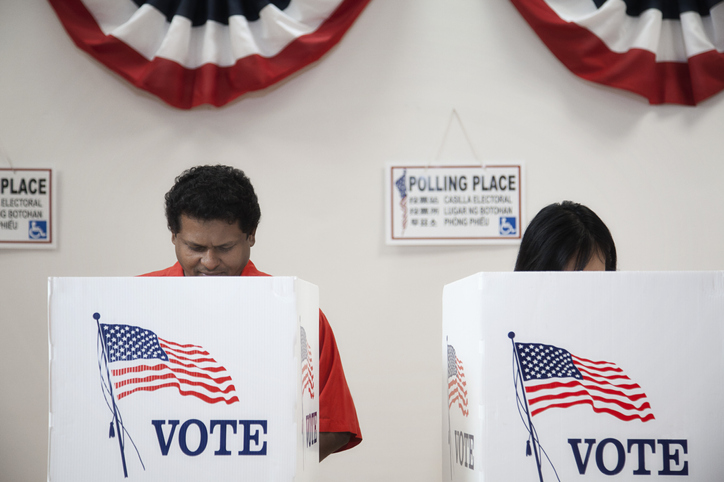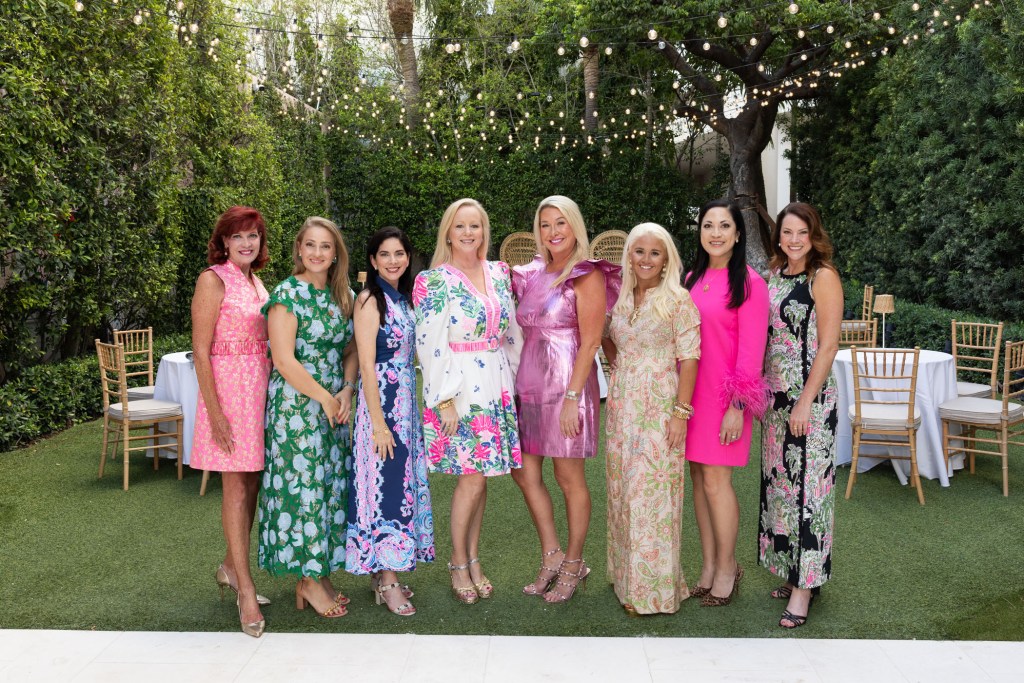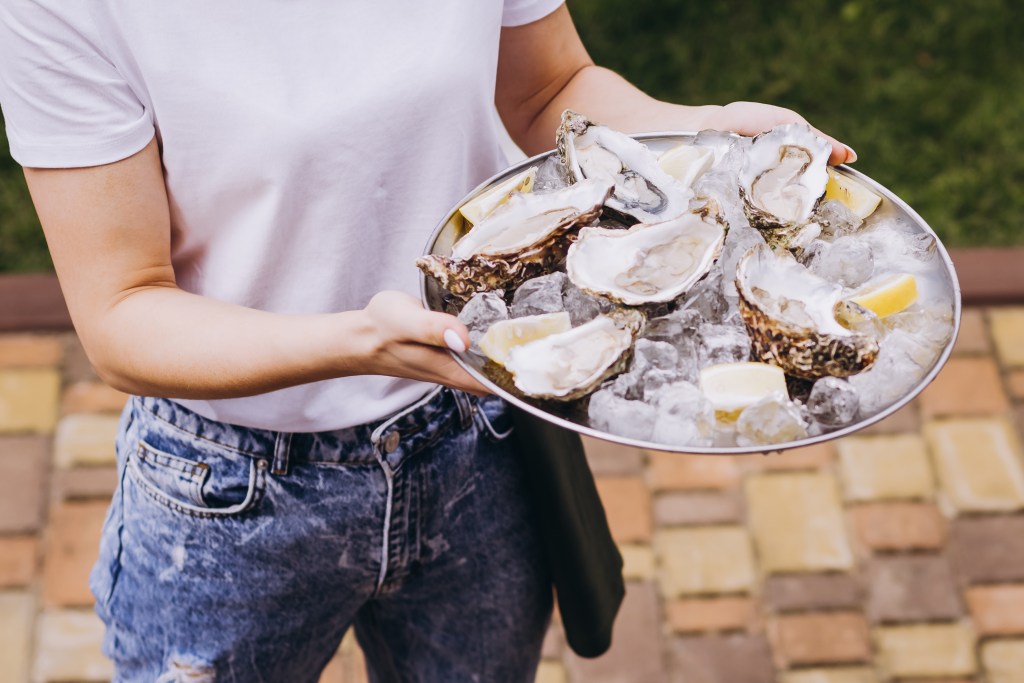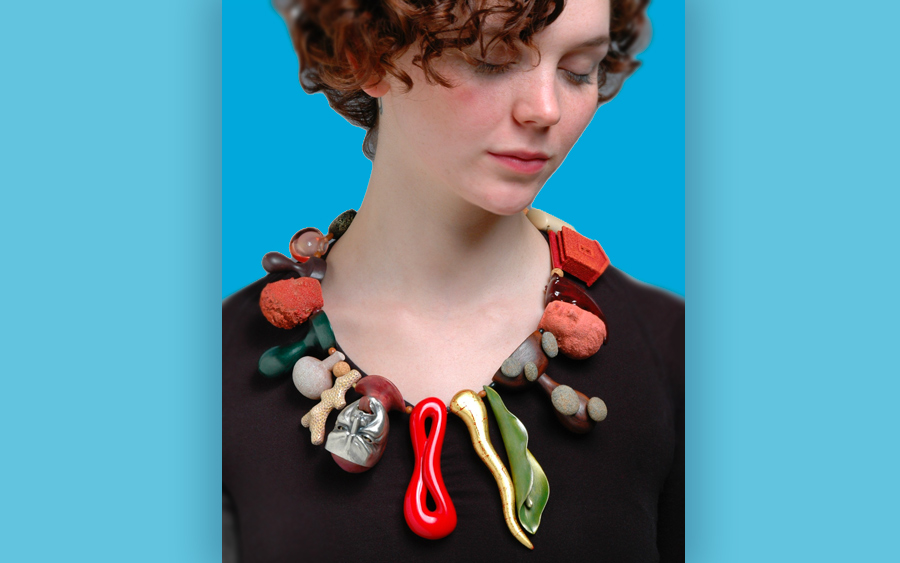'Buddy: The Buddy Holly Story' Delights at Gateway
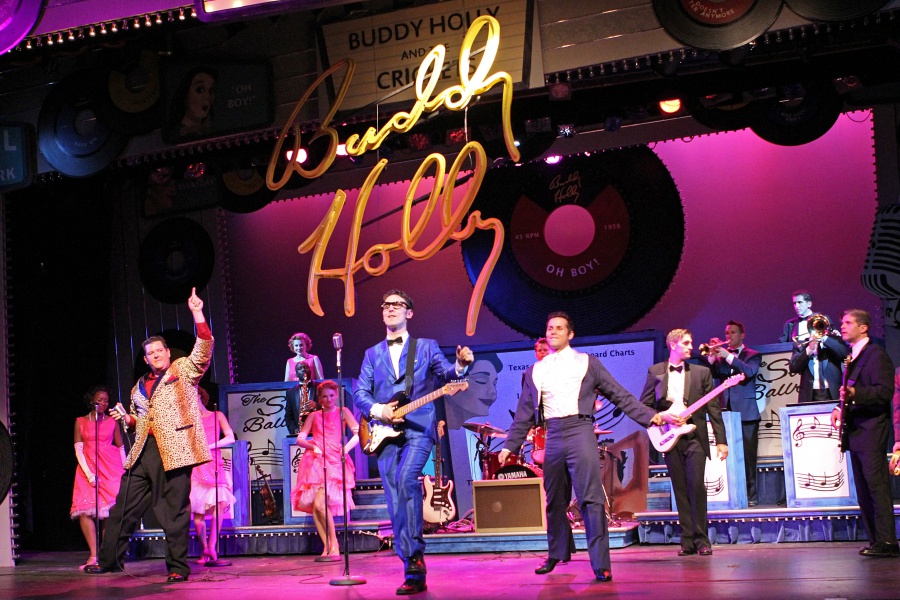
There are many reasons I love musical theater, all of which come together in the final knockout show of Gateway’s summer season, Buddy: The Buddy Holly Story. First, I love music, and Buddy Holly the man was a musical genius. Second, I love how musical theater can bring people together, despite our differences. Music is a universal language, and to relive the short but exceptional musical career of Buddy Holly is an experience I urge you all to share.
We first meet Buddy Holly in early 1956, at a roller rink in Lubbock, Texas, where he and his buddies, The Crickets, perform their mix of country turned rock ‘n’ roll. Back then rock ‘n’ roll wasn’t well received in white neighborhoods. Although Buddy and The Crickets faced tough opposition, Buddy’s unfailing determination to play his music, his way, paved the road for himself and musicians like Paul McCartney, Elton John and Bruce Springsteen.
Kurt Jenkins as Buddy Holly is completely convincing, right down to his geeky-but-sexy dance moves. His floppy black hair and signature black-rimmed glasses complete the look. The exuberance and lust for life that the real Buddy Holly must have had vibrates from Jenkins, and he captures the audience almost immediately, making us all emotionally invested in the story unfolding before us.
After Buddy and The Crickets left Decca Records, the first label to offer Buddy a recording contract, they moved on to Norvajak Studios, where they met Norm and Vi Petty. Norm would become Buddy’s first manager, and some of Buddy’s best and well-known hits—including, “That’ll Be the Day,” “Everyday” and “Peggy Sue,” were recorded in Norm’s small studio in Clovis, New Mexico.
Buddy Holly and The Crickets were also the first white performers to take the stage in Harlem’s famous Apollo Theater. After a rousing rendition of “Shout” sung by the talented Kimberly Michelle Thomas, Buddy and The Crickets take the stage and the crowd loves them and their songs “Not Fade Away,” “Words of Love” and “Oh Boy.”
Buddy’s romance with Maria Elena Santiago began with a chance meeting, where Buddy almost instantly claimed “I’m going to marry that girl.” Marry her he did, and their tumultuous romance ultimately resulted in the demise of The Crickets. Buddy and Maria Elena moved to New York where Buddy thought he would continue to advance his career. Because of financial problems, Buddy decided to join a three-week tour across the Midwest, much to Maria Elena’s despair. She pleaded with him not to go, as she was early in her pregnancy and had been having horrific dreams of tragic events.
“The day the music died” was February 3, 1959, when 22-year-old Buddy Holly perished in a plane crash in a winter storm in Iowa, along with his friends and music legends 17-year-old Richie Valens and 28-year-old J.P. “The Big Bopper” Richardson.
A stirring rendition of “American Pie,” which Don McLean released in 1971 as a tribute to Buddy Holly, might just bring tears to your eyes as you realize the enormity of what the music industry lost that fateful day over 50 years ago. I know I’ll never hear that song again and not think of this show and the compelling story of Buddy Holly.
Buddy’s greatest wish was that rock ‘n’ roll would never die, and the cast ends the show with a finale that will have you on your feet dancing along with the unforgettable lyrics of a legend that was taken too soon.
Buddy: The Buddy Holly Story is playing at The Gateway in Bellport through September 14. Tickets are available at pacsc.org or by calling 631-286-1133.
